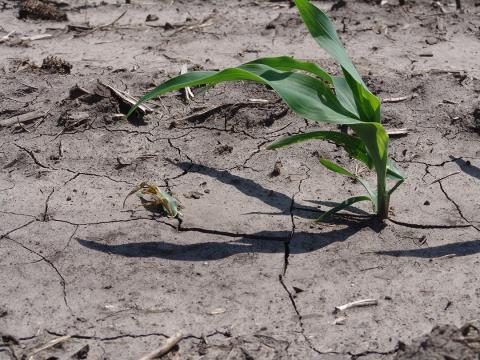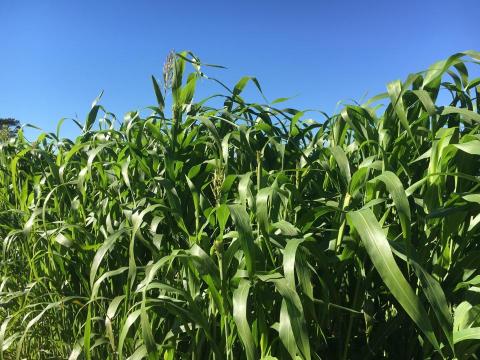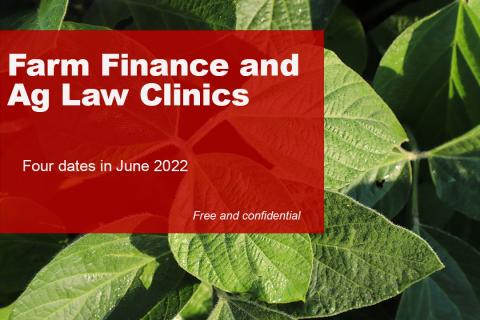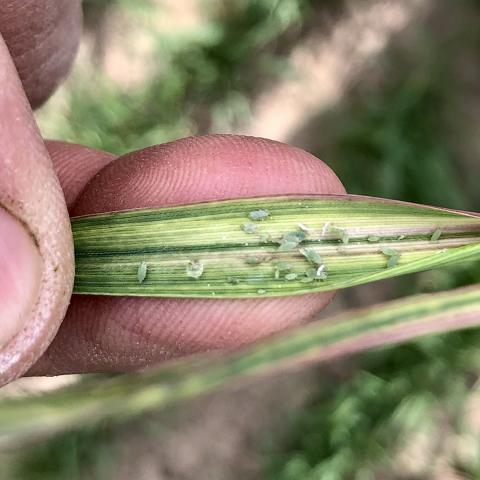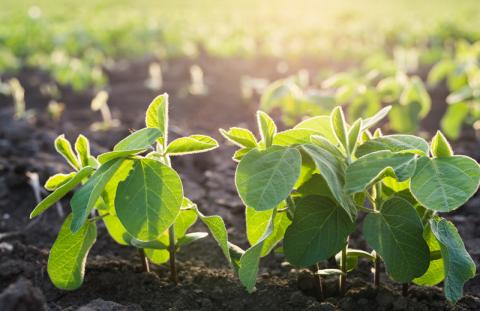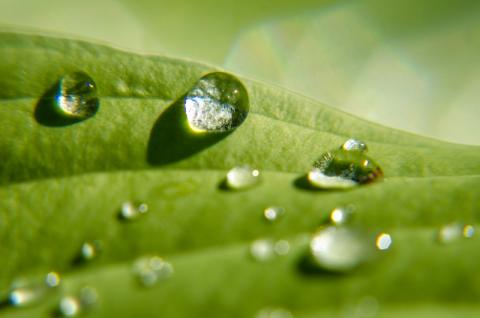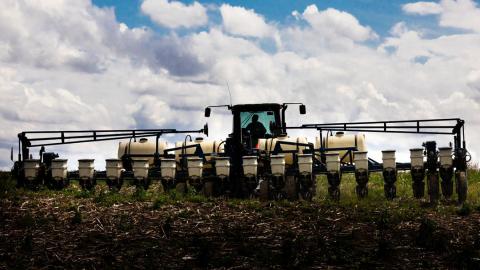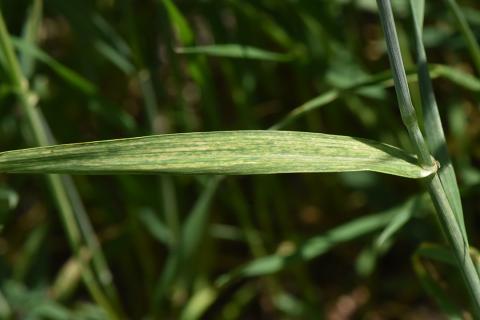Conditions Favor Seedling Diseases in Early Planted Corn and Soybeans
May 25, 2022
As heavy rains and cool soils continue during early plant development, be sure to monitor seedling emergence and stand establishment to detect diseases as early as possible.
Pasture and Forage Minute: Cool-season Annuals and Alfalfa Harvest, Selecting Summer Forage
May 24, 2022
The time to harvest cool-season annuals, perennial forages and alfalfa first cutting is quickly approaching. Read these extension tips to get prepared for spring harvest and summer forages.
Free Farm and Ag Law Clinics Set for June
May 24, 2022
There are four dates scheduled for free, in-person farm and ag law clinics in June.
Scout Your Wheat for Russian Wheat Aphids
May 24, 2022
Nebraska producers should begin scouting for Russian wheat aphids, as signs of this crop pest have begun appearing in Panhandle wheat plots and ongoing cool temperatures will support population growth.
Crop Progress: Corn Planting at 85%, Dry Edible Bean Planting Begins
May 23, 2022
Nebraska producers made significant gains in planting last week, with nearly a fourth of the total estimated corn acreage and another 28% of soybeans finished.
Estimated Crop Water Use: May 23
May 23, 2022
Estimated crop water use for Nebraska Panhandle crops for the week of May 23.
What is the Value of Financial and Business Management to Ag Producers?
May 20, 2022
This article analyzes the correlation between Nebraska producers' management prowess, as measured by a Business IQ survey, and the financial performance of their farming operation.
Wheat Disease Update: May 19
May 20, 2022
Recent drought-like conditions have slowed the onset of diseases in wheat fields, with only trace levels of diseases observed in southeast Nebraska so far.


